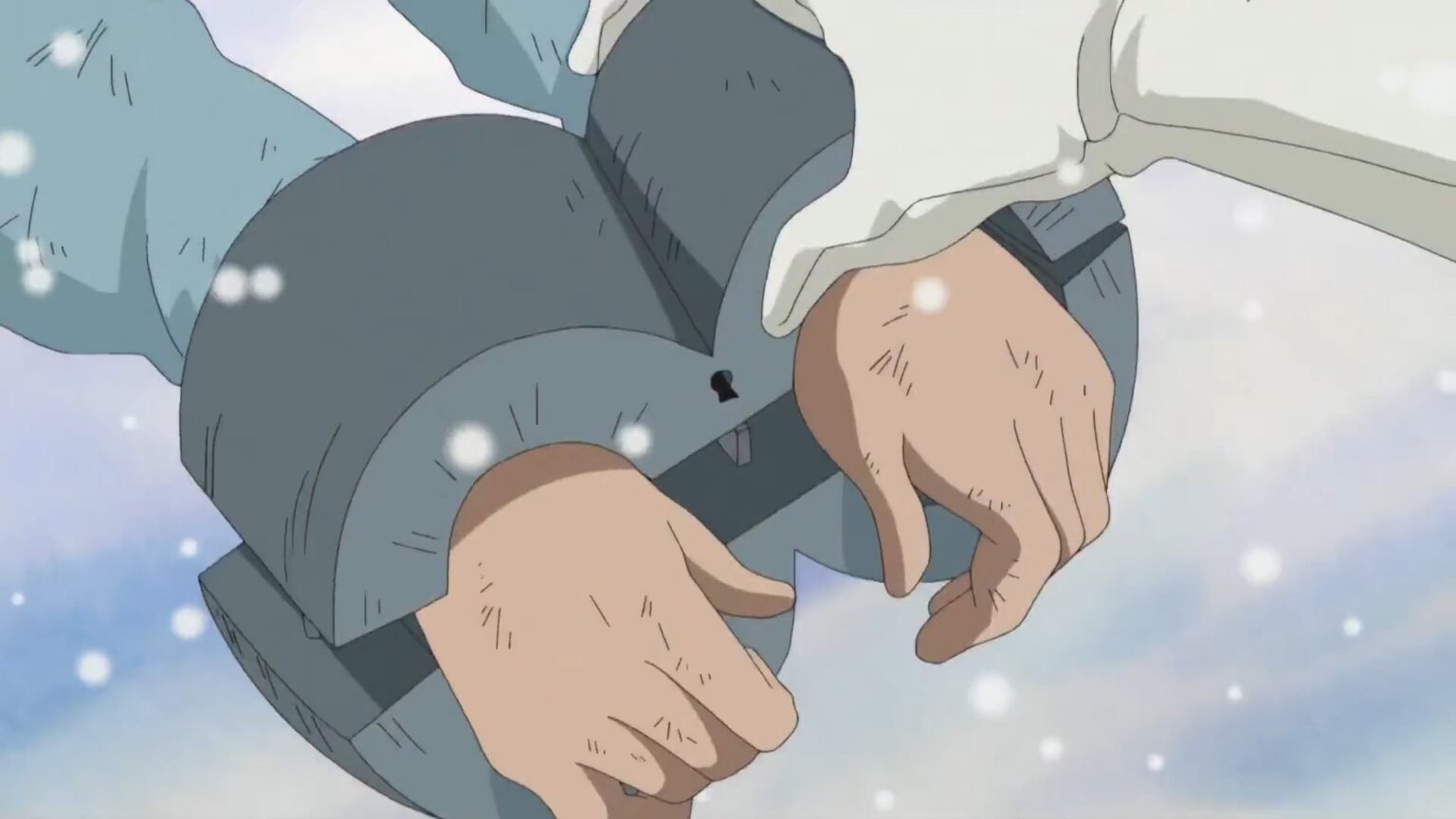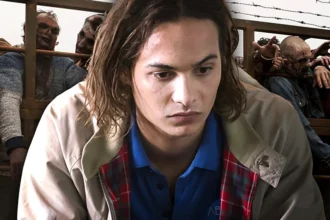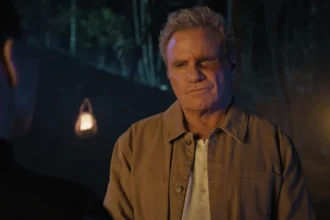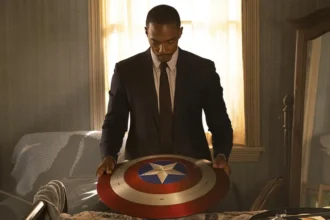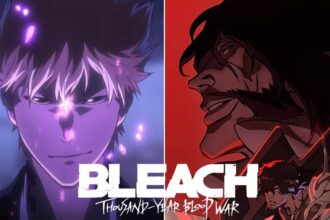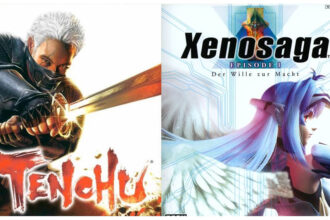In the One Piece Universe, there exists a very unsettling and sometimes overlooked aspect: slavery.
Today, we aim to delve deeply into this sad narrative, exploring its history and shedding light on the characters involved. While this topic remains largely unspoken in the tale of Monkey D. Luffy and his crew, it is essential to bring to light the parts of One Piece where slavery exists in its most sinister form because the records of slavery in the One Piece world are so many that an entirely new anime could be made just to tell the story.
What do we mean by Slavery?
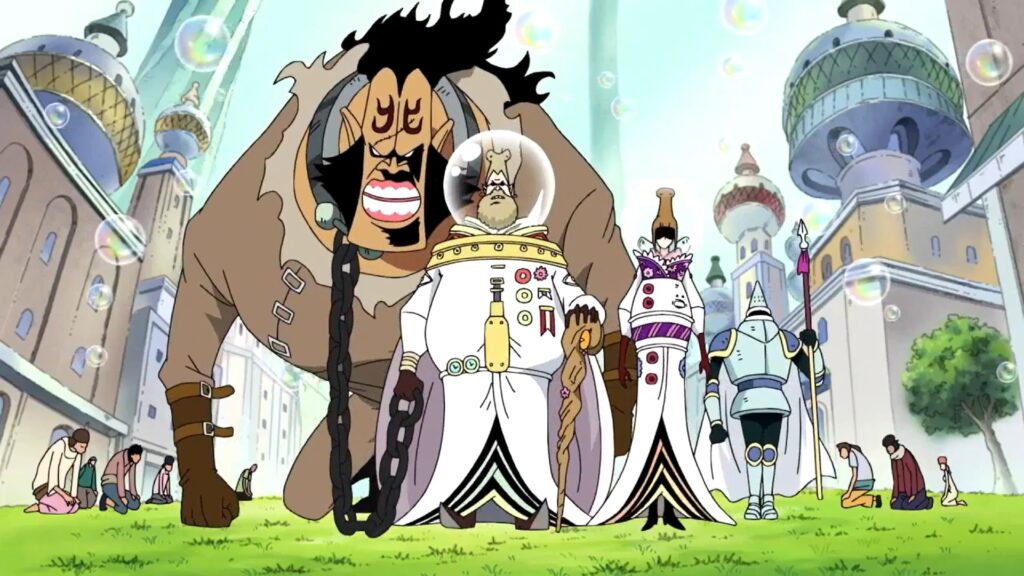
Slavery in this realm, like any other, entails the act of forcibly owning individuals against their will, subjecting them to unending toil. Treating them as mere property, and stripping them of their humanity. Even though the World Government put a ban on slavery two centuries ago, this vile practice still thrives in diverse parts of the world where wealth, fame, and corruption hold sway.
Historical Records of Slavery
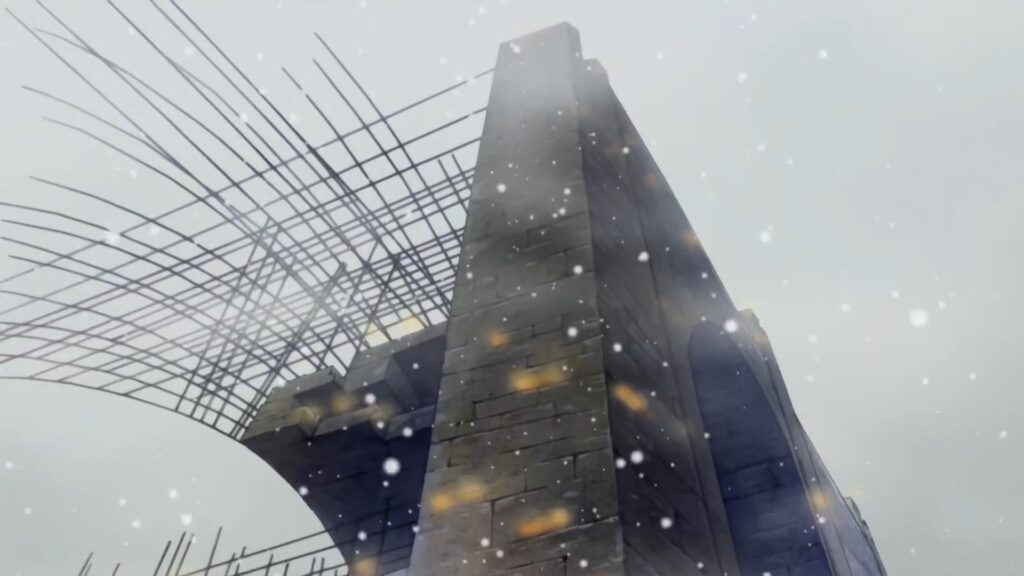
Slavery in “One Piece” is not a recent phenomenon, and although the exact period it began is unknown, it stretches back beyond the memory of most characters in the series. For over seven centuries, the people of Tequila Wolf labored ceaselessly to construct an elusive bridge that I would somewhat say, is destined to remain incomplete. It stands as a historical landmark of the wicked nature of slavery within this world.
The Face of Slavery
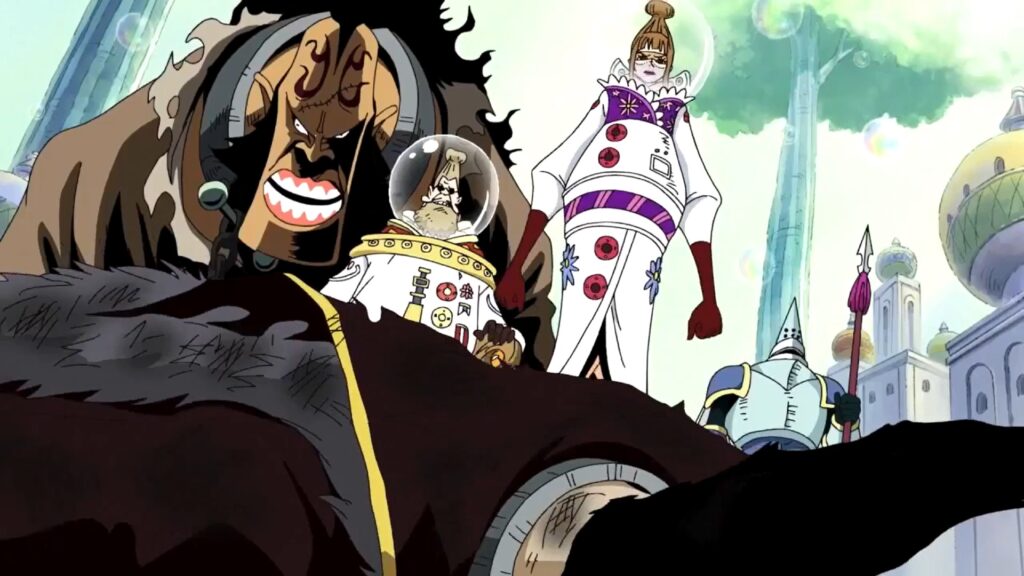
Throughout the “One Piece” universe, a myriad of slaves emerge as symbols of both suffering and resilience. These individuals, trapped in a world of captivity, are subject to the unpredictable desires of their owners. To be honest, those who have it worse are those owned by the World Nobles, popularly known as Celestial Dragons. They are notorious for branding their captives with a mark they call “The Hoof of the Soaring Dragon.” A symbol that forever designates them as “less than human.”
The treatment of these victims is nothing short of horrific. Celestial Dragons, in particular, are notorious for purchasing slaves to exploit them to the brink of exhaustion. Plus, these slaves threatened with death for any hint of rebellion, lead lives devoid of dignity or hope. Some are even subjected to gruesome torture just for their owners’ amusement. While others, dismissed and discarded, resort to taking their own lives to escape the misery.
A Complex History
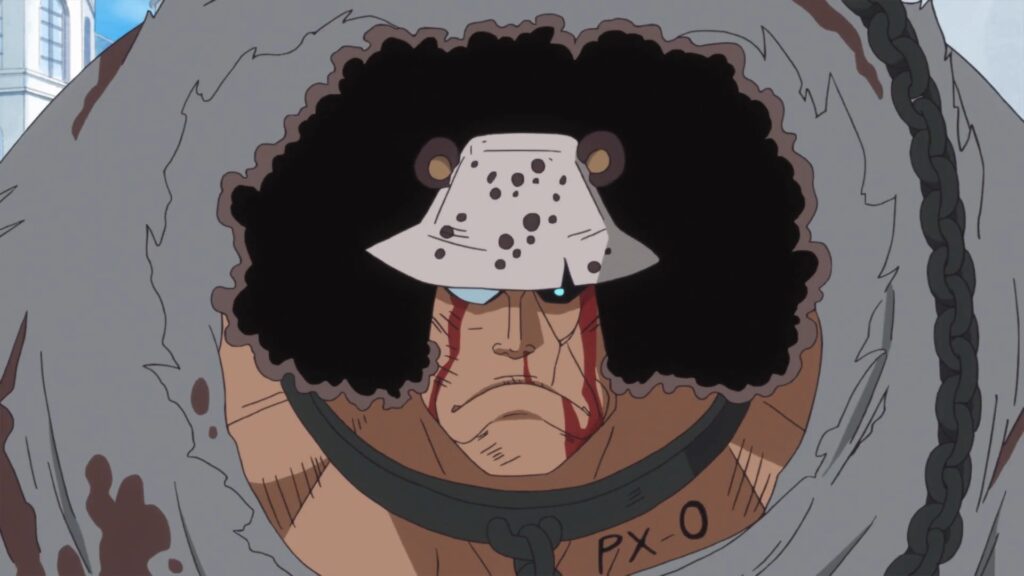
Many of these servants were once infamous figures, some even bearing bounties exceeding 50,000,000. Their infamous reputations or unique species make them desirable commodities for the rich and powerful on the slave market, further perpetuating the grim trade. Without a doubt, they stand as the face of slavery in One Piece. There are several disturbing records of slave masters and their victims, and we’ll be exploring that topic next.
World Nobles (Celestial Dragons):
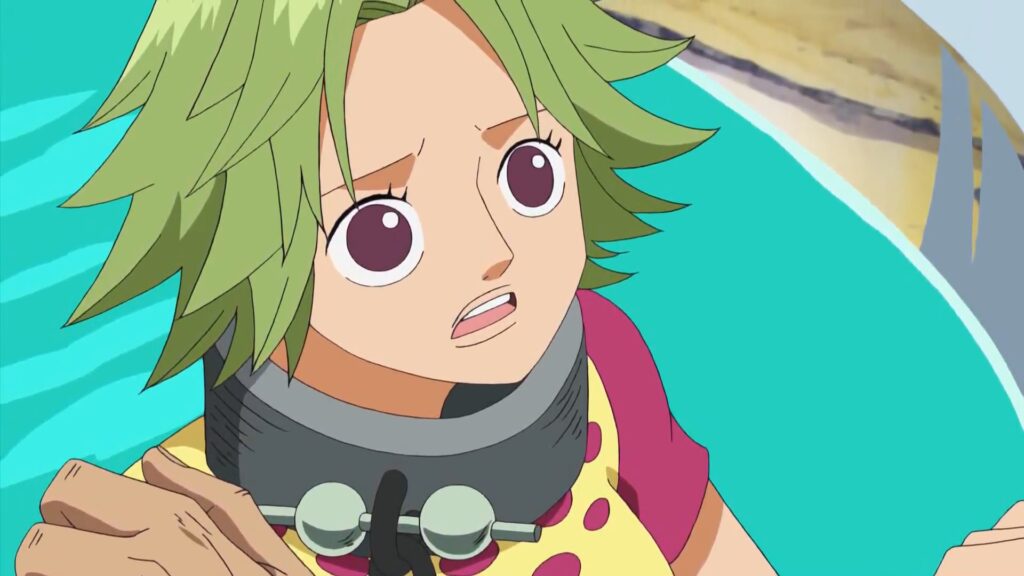
As stated, Celestial Dragons are among the most prominent slave masters in the series. They are the highest class of the World Government, which comes with its own demented privileges. The World Nobles often employ the use of explosive collars as a brutal tool to prevent slaves from attempting to escape or rebel against their masters.
These explosive collars are a cruel means of ensuring absolute submission. If a slave wearing one of these collars attempts to escape or defy their master or the Celestial Dragons, the collar detonates, causing severe harm or even death. World Nobles have been seen enslaving and mistreating various individuals for some time. Among their most notable slaves are: Hachi (a fish-man who once served as a slave), Camie (another fish-man who is also enslaved by the World Nobles), and Fisher Tiger (a former slave who later rebelled against the World Nobles).
Donquixote Doflamingo:
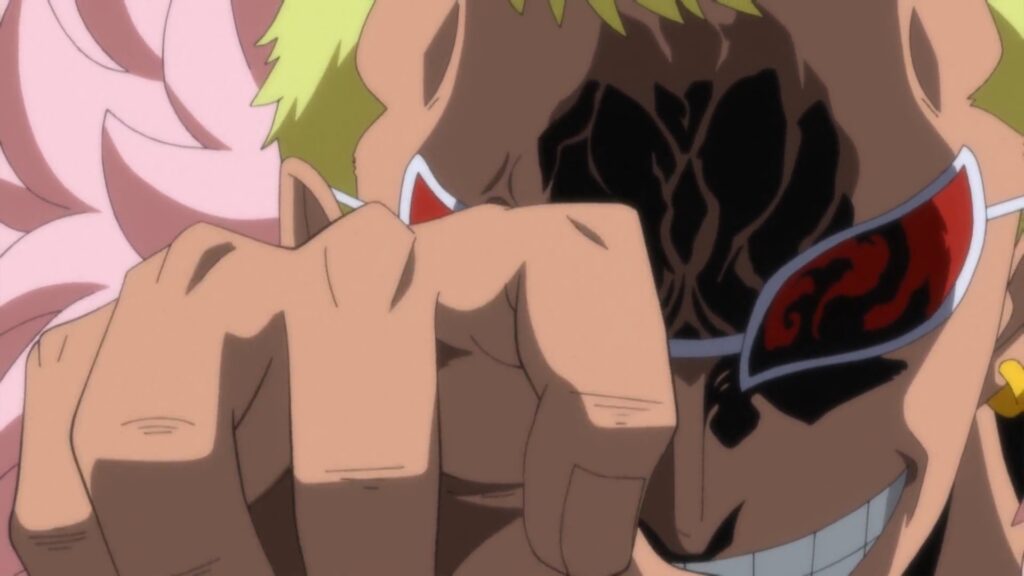
Donquixote Doflamingo, as we’ve said many times before, is a character that needs no introduction. A former World Noble, who was deeply involved in the slave trade. This aspect of his character adds to his villainous reputation. Among his most notable slaves are: Auction House Slaves (Doflamingo was involved in the slave trade, operating an underground auction house), Sugar (a former slave who became one of Doflamingo’s key officers), and the Tontatta Kingdom (the Donquixote Family enslaved the dwarves of the Tontatta Kingdom). Blatantly exploiting their strength and gullibility. This led to a tumultuous history of subjugation and eventual resistance.
Tequila Wolf:
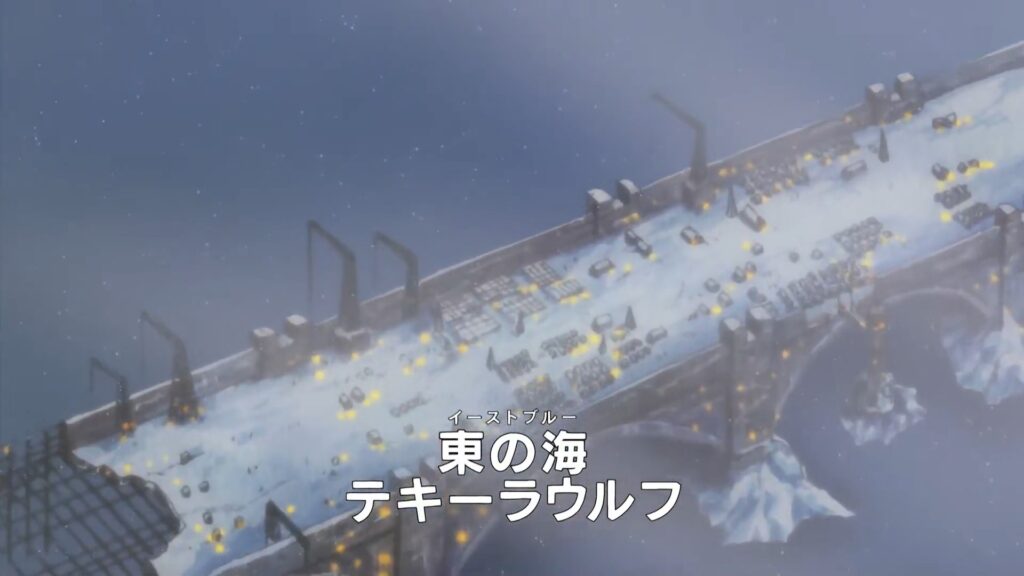
The Tequila Wolf slaves build on a massive bridge that connects various islands in East Blue. Their suffering is magnified by the fact that this bridge has been under construction for over seven centuries, and the scale of the work involved is almost unimaginable. In many ways, this is reminiscent of how Chinese immigrants built the railroads in the West with little reward.
“Mountain Witch” Carmel:
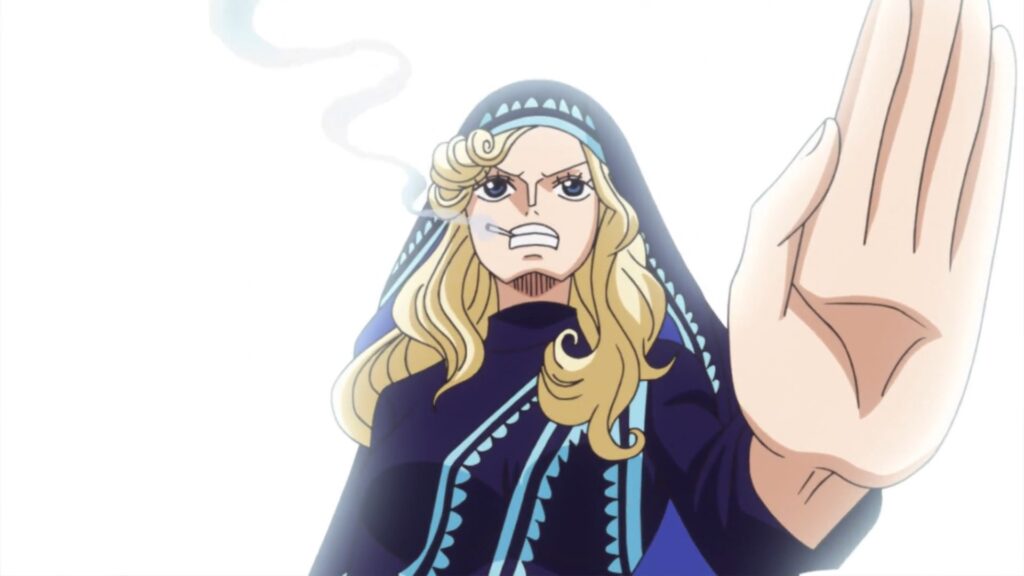
We talked about this one recently when addressing the Soru Soru no Mi. Carmel, a major child trafficker, operated an orphanage that served as a front for selling kids to the World Government and Cipher Pol. Her actions highlight the sinister side of the world’s power structures. Also, orphans, including Charlotte Linlin (Big Mom), were part of Carmel’s “merchandise” to be sold to the government. That mysterious disappearance on her sixth birthday marked her departure from the path of being a government soldier. Eventually, this leads her to become a powerful and feared pirate.
Slavery’s Impact in One Piece
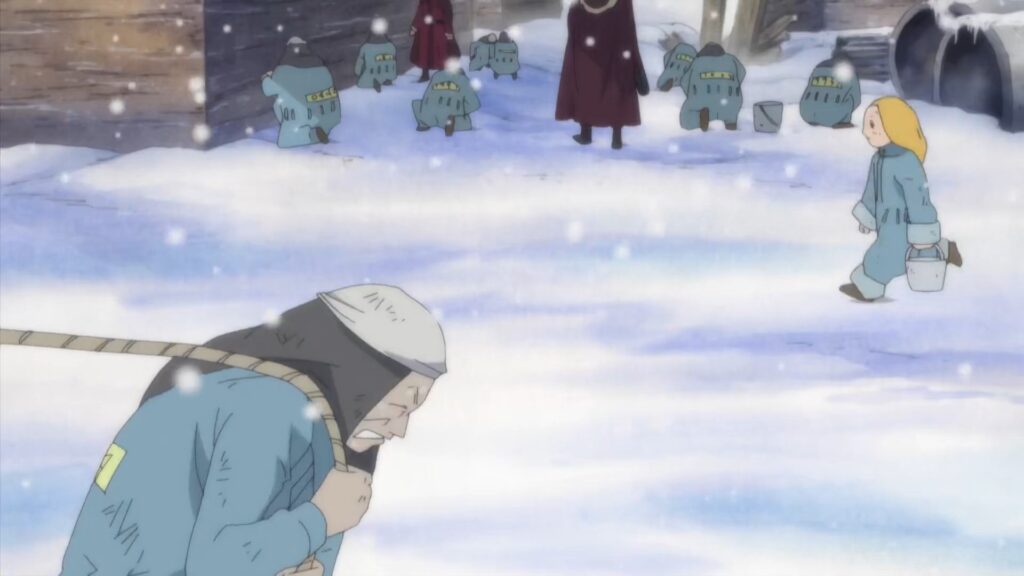
Eiichiro Oda’s work often knows just what buttons to push. If the viewer or reader isn’t noticing slavery, it’s undoubtedly intentional. Through these examples, it becomes abundantly clear (and Oda seems to know this) that the practice of slavery is a product of inherited beliefs stemming from a variety of factors. Regardless, no matter how complex, One Piece does an excellent job of showing that every case exhibits irrefutable cruelty. It’s honestly amazing how the series has evolved over time to touch on increasingly serious topics.
